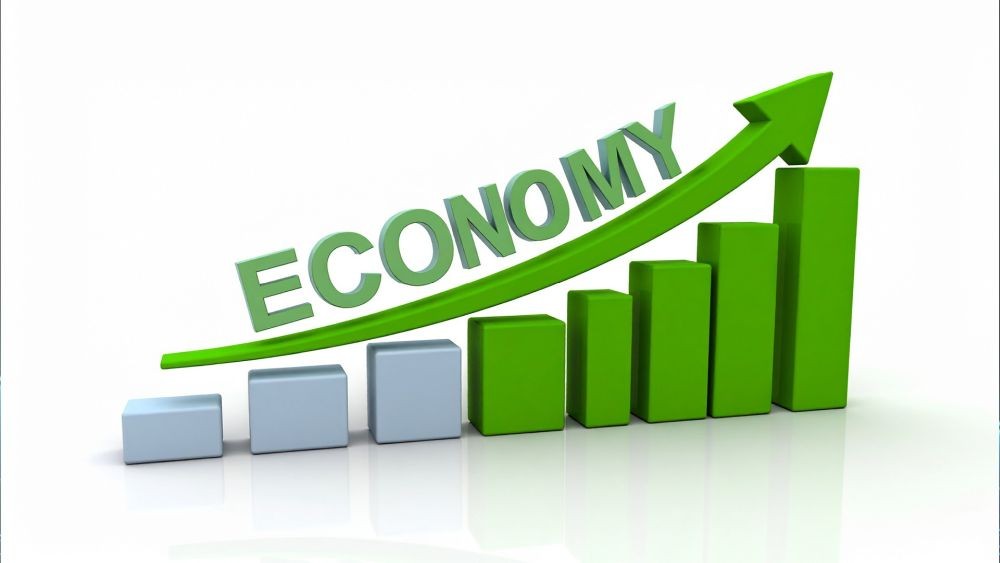(AI image/IANS)

New Delhi, September 23 (IANS) The Organization for Economic Cooperation and Development (OECD) on Tuesday raised India's GDP growth by 40 bps to 6.7 per cent in 2025 from its earlier projection of 6.3 per cent in June -- driven by strong domestic demand and robust GST reforms.
The OECD's latest 'World Economic Outlook' mentioned that in India, higher tariff rates will weigh on the export sector, but overall activity is anticipated to be supported by monetary and fiscal policy easing, "including the reform to the Goods and Services Tax (GST), with growth projected to be 6.7 per cent in 2025 and 6.2 per cent in 2026”.
The food price inflation has declined sharply in India, helped by strong domestic supply and export restrictions, said OECD in its latest report.
Global growth proved more resilient than expected in the first half of 2025, especially in many emerging markets.
The OECD raised its growth forecast for the global economy to 3.2 per cent for this year but kept its 2026 forecast steady at 2.9 per cent, saying it expects global trade uncertainties sparked by U.S. tariffs will likely contract investment and trade in the second half of 2025.
“The front-loading of goods production and trade ahead of the introduction of higher US tariff rates was an important source of support, with industrial production growth in the first half of the year exceeding the average pace of 2024 in most G20 economies,” it added.
US tariffs on imports from almost all countries have increased since May, reaching an estimated effective rate of 19.5 per cent at the end of August, the highest since the mid-1930s.
“While the full impact of tariff increases is still unfolding, early signs of effects are visible in consumer behaviour, labour markets and prices. Labour markets are softening, with higher unemployment and fewer job openings in some economies, while disinflation has stalled in many economies as food prices rose and services inflation remained persistent,” according to the OECD.
Looking ahead, downside risks loom large: further tariff hikes, increased concerns about fiscal risks, renewed inflation pressures could weigh on growth. Financial market repricing, including volatile crypto assets could pose additional financial stability concerns. On the upside, easing trade restrictions or faster advances in AI could support stronger outcomes.






